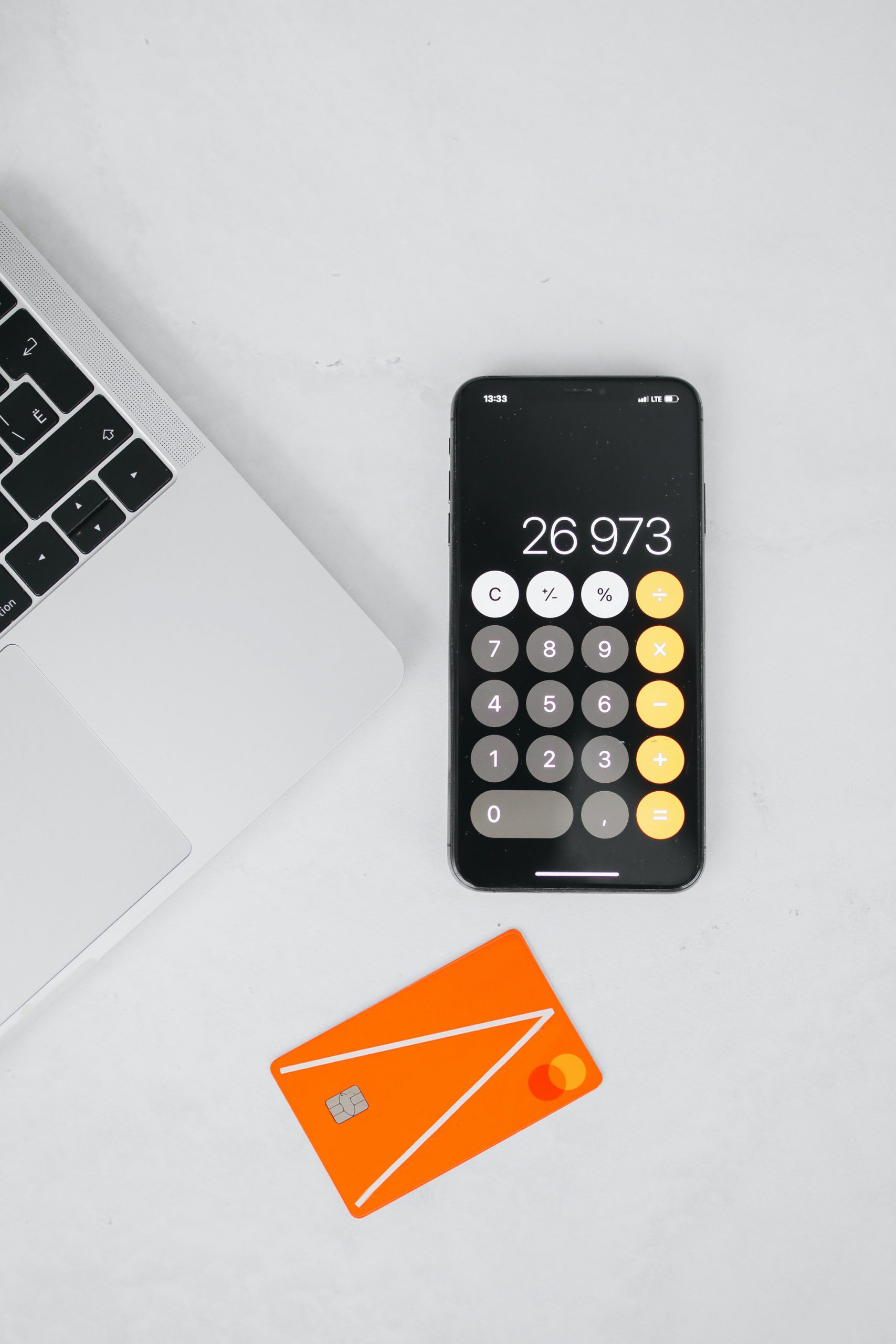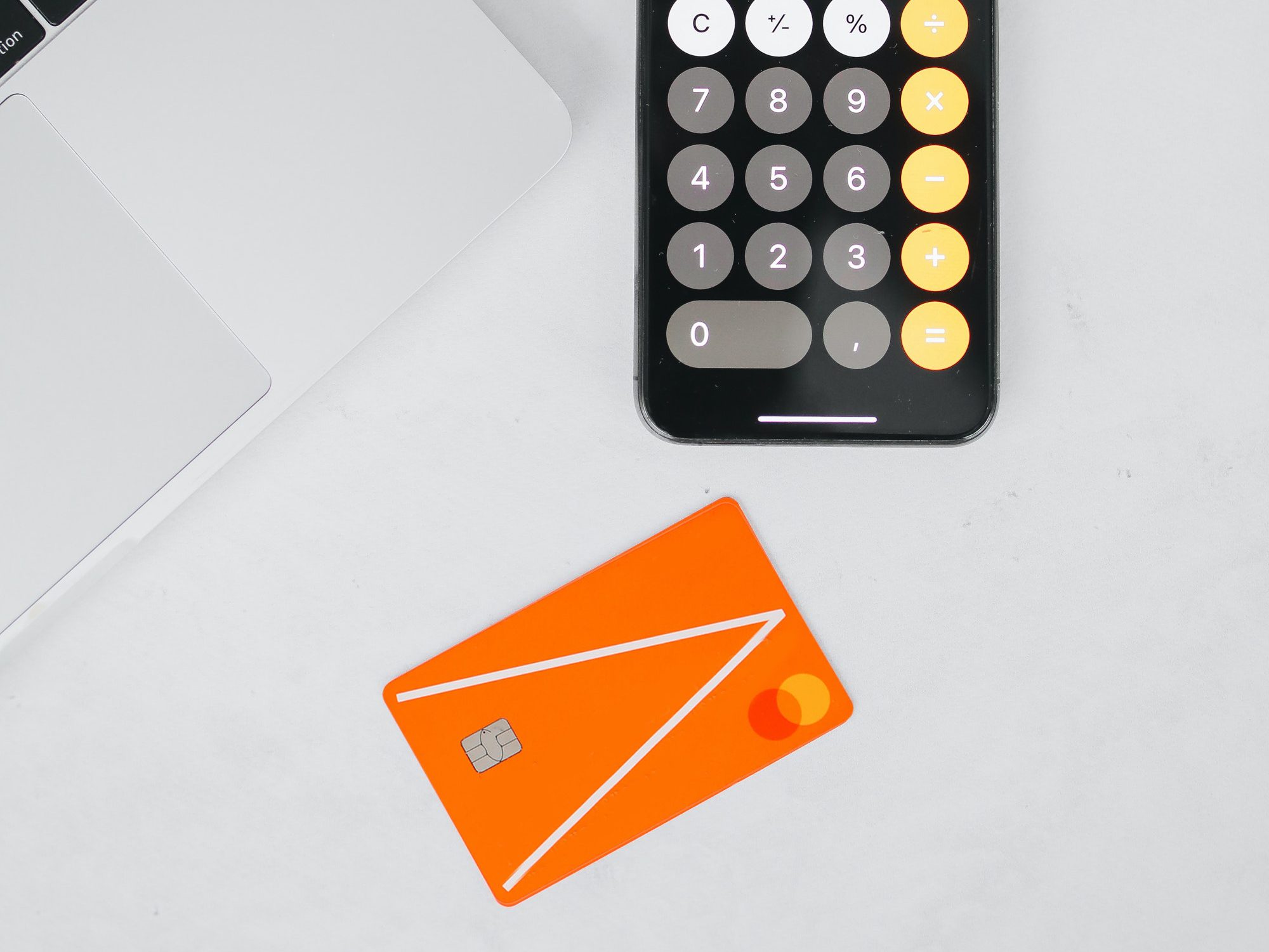

Have you ever taken an instant loan from a loan app? If you have, you are not alone.
Like a lot of Nigerians, the rising costs of living, and little or no access to credit facilities has made more people turn to quick lending apps to meet pressing needs, and sustain themselves until the next payday.
The availability of lending options has evolved over the last few years, with the entrance of tech-enabled lenders. If you ever doubted the powers of tech, imagine telling someone five years ago that getting a loan would be as easy as downloading an app on your mobile device!
Even better, the unique proposition of these lending apps is simple; if you want a loan, you can get one. No awkward questions, no collateral.
But how did we get here?
The market for individual loans has always existed, but it has always been high risk. Nonetheless, the lockdown in 2020 due to the pandemic, saw the rise of money lenders. During the unstable economy of the pandemic, people needed small and instant loans which is understandable. But, over time, there has been an increase in illegal digital lenders and this is one of the many reasons why the Federal Competition and Consumer Protection Commission (FCCPC) raided at least seven digital loan companies operating in Lagos over “possible violation” of consumer rights and suspended their activities.
But what does this mean for you?
According to a recent report by Euromonitor International, a London-based market research company, Nigeria’s consumer lending rose by 21.4 percent to N1.74 trillion in 2021, from N1.42 trillion in 2020. If you are among the trillions that use lending apps, how can you protect yourself from illegal lending apps? Here are some pointers you should consider just before you download the next quick loan app.
The new crop of tech-enabled lenders use a range of data-led approaches. These methods often combine machine learning and risk assessment based on personal data.
All digital lenders have algorithms that help them assess the credit risk of individuals. Algorithms gather data from call records to find out frequently dialed contacts, and SMS records are not left out. Your GPS data is also up for grabs, as individuals with more predictable and stable routes are less likely to default.
Here is what is certain: each lender has a mix of algorithms and data points which it takes into account. These different data points then make up the secret sauce of its lending approach.
These are only a few metrics lenders are open to talking about. The exact determination of credit assessment will long remain trade secrets.
Ask yourself - is collecting phone contacts necessary for the process of giving loans?
For digital lenders, the answer is an unequivocal “yes”. Without the traditional credit infrastructure, this approach offers them a risk-assessment method. A healthier and more sustainable approach is to use credit scoring models in collaboration with credit bureaus. However, many digital lending providers argue that loan apps will serve as the beginning of proper credit histories for those who take these loans.
For consumers, where the possibility of quick credit exists, privacy is a seemingly small price to pay. More often than not, many neglect reading the terms and conditions closely.
Ask yourself – Do I read the terms of mobile apps closely before I click “agree”?
When a recipient defaults on many loan apps, the lender targets their acquaintances as they have illegal access to their contact lists. The platform sends messages to customers’ contacts. These messages report scam by the customer, and are circulated to friends, work colleagues or even in-laws. Societal shaming as a means to debt collection is definitely not new. In Kenya, quite a few lenders use this method to shame defaulters into paying their loans. It is easy to see how this potential loss of face can force the hand of a defaulter.
So just before you agree to all the terms of the next lending app, bear in mind that digital lending companies embed trackers in mobile application to share customers’ data with third part parties, and ensure that the app has provided its users with legal information about the trackers
Digital loan apps charge interest rates that appear to violate the ethics of how lending is done. For centralized financial institutions for example, GTB’s QuickCredit, available to only GT account holders pegs loan amounts to a percentage of a salary earner’s average monthly income. It introduced an industry-low 1.75% interest rate.
Most digital lenders, however offer rates between 3%- 30% for loans under 60 days. Digital lenders object to annualized interest rates, arguing that many of the loans they disburse are for short tenors.
Fortunately, a number of governing bodies are beginning to do something about these digital lenders. In August 2021, the National Information Technology Development Agency (NITDA) imposed a ₦10 million naira ($18,000) fine on a Lending Company. A few months later, in October, Google took down a number of predatory loan apps from its Play Store for violating its policies. And in more recent times seven of these illegal apps were suspended by the Federal Competition and Consumer Protection Commission (FCCPC).